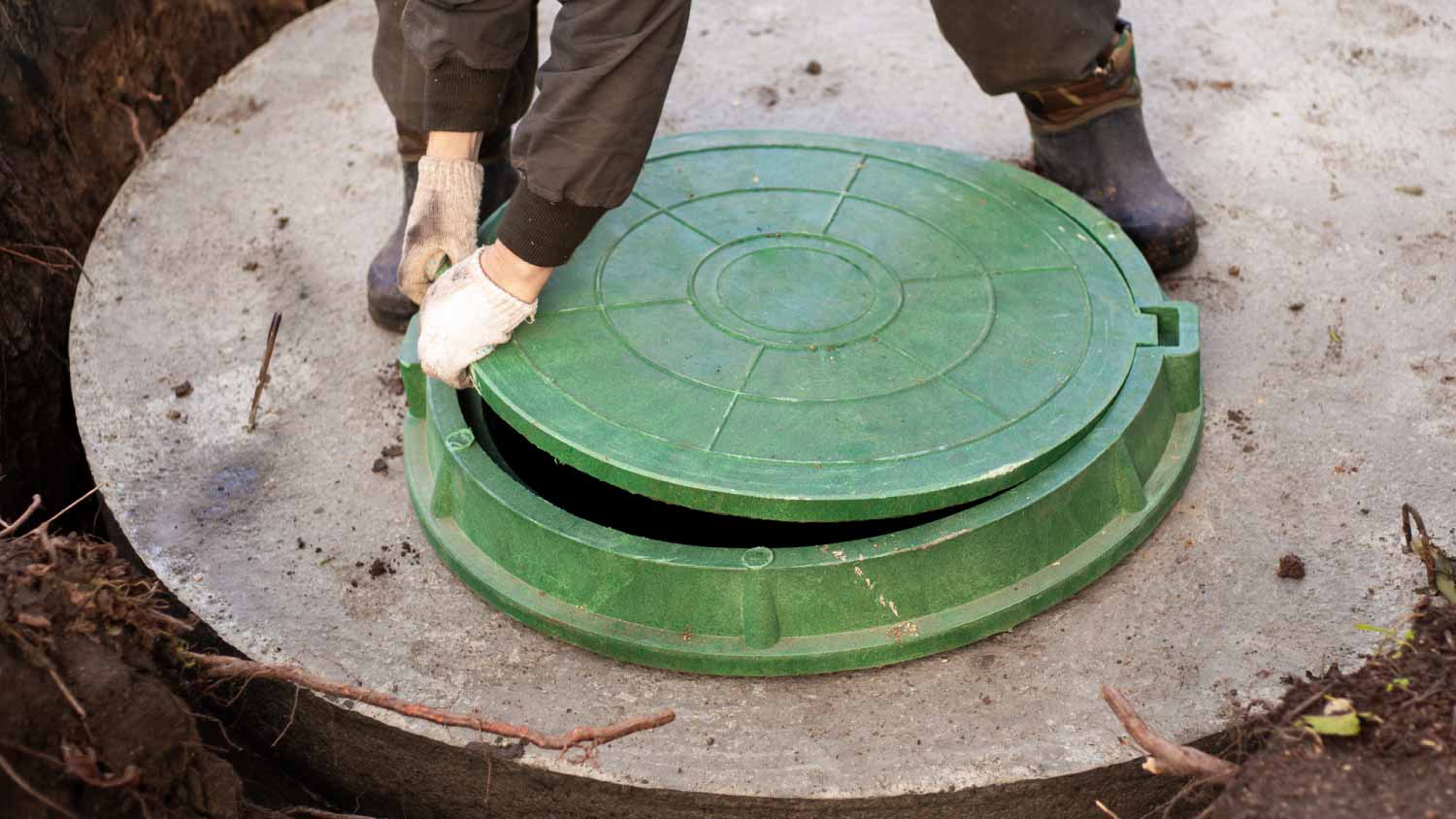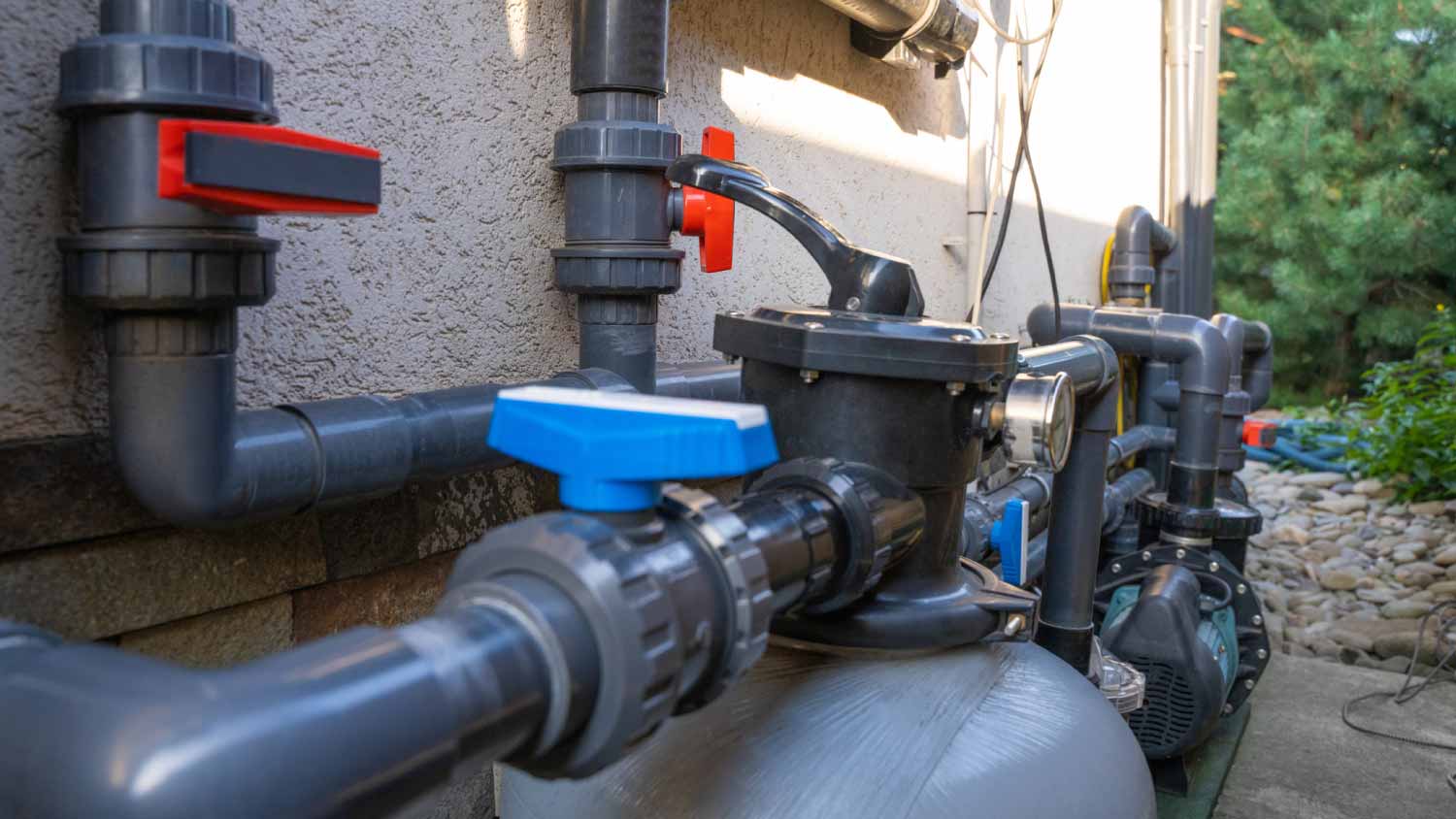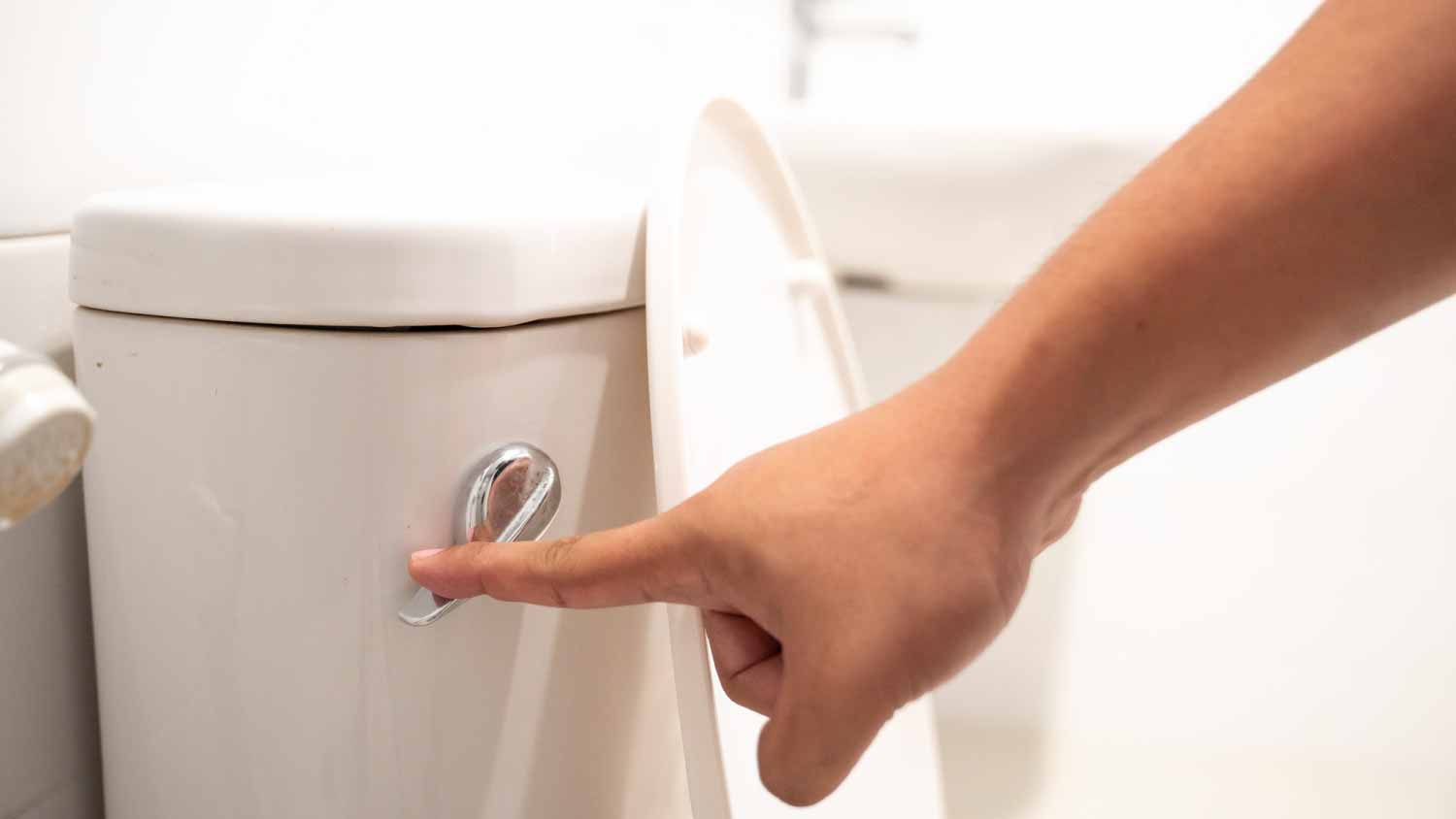
The average cost to connect to a public sewer line in Columbus, OH, depends on the linear footage, piping material, local regulations, and more.
A smelly (but essential) job


Cesspool aeration can improve drainage and performance, while pumping removes solid waste that can cause clogs.
Most homeowners will need to budget for both.
Cesspool aeration is necessary one to two times a year, while pumping is necessary every two to six years.
Cesspools that are undersized or oversized for your property and use will need these services more often.
Signs of cesspool issues include slow draining and standing water around your tank.
Every home needs a solution for sanitary waste. While many are simply hooked up to central sewage systems, hundreds of thousands of homes across the country rely on independent, self-contained systems like septic tanks and cesspools. Rather than diverting waste to a processing plant, these systems must be periodically emptied by the homeowner to ensure they continue to work properly. The two most common cesspool maintenance jobs are aeration and pumping, and we’ve broken down everything you need to know about both.
First—just what is a cesspool? A cesspool is an outdated method of storing and (somewhat) disposing of the wastewater and sanitary waste that comes from your home. It’s made up of a porous concrete container allowing wastewater to slowly seep into the surrounding soil, while solid waste gradually concentrates at the bottom. It does nothing to treat waste and can contaminate soil and groundwater—especially if you don’t keep up with regular cesspool maintenance.
Cesspools are an old-fashioned way of dealing with sanitary waste from homes—so it stands to reason that the way to deal with cesspool cleaning is as well. Here are the main differences between cesspool pumping and aeration.
| Type of Difference | Cesspool Aeration | Cesspool Pumping |
|---|---|---|
| Method | Compressed air | Vacuum pumping |
| Purpose | Restore drainage | Remove waste |
| Cost | $200 – $500 | $280 – $550 |
| Frequency | 1 – 2 times/year | 2 – 6 times/year |

Cesspool aeration refers to forcing compressed air through a pipe into the solid waste at the bottom of the pool. Often, chemical treatments used to clean a cesspool will be used after aeration. This helps to further break down waste that is clogging the drainage of your cesspool. Common chemicals include sulfuric acid and hydrogen peroxide.
Cesspool aeration can:
Extend the life of an aging cesspool
Improve drainage rates to keep up with your water usage at home
Cut down on unpleasant odors and standing water at surface level
Unlike aeration, which essentially just stirs up the waste in your cesspool, pumping is intended to remove solid waste entirely. With the help of a large pumping truck and a holding tank, a cesspool pumping company will pump the solid waste out of the cesspool. Since cesspools don’t have the ability to do anything with solid waste (except hold it in the bottom), pumping is essential for the ongoing use of a cesspool.
The main purpose of cesspool aeration is to churn the solid waste at the bottom, allowing oxygen into the mixture and feeding bacteria which gradually eat away at it and help separate liquids and solids. It can help unclog a cesspool that is no longer accepting water and waste, and will generally help the cesspool drain more efficiently.
Since cesspools do nothing to dispose of solid waste, it’s essential that you have it removed from the system periodically. Cesspool pumping uses a large pump (usually on the back of a truck equipped with a holding tank) to physically remove solid waste from the cesspool, leaving you with a clean, empty container for future use.
The costs to aerate a cesspool can fluctuate quite a bit depending on the size of the cesspool, the amount of waste it stores, and your location. Generally speaking, you can expect to pay between $200 and $500 to have your cesspool aerated. Additional costs might also apply to chemical treatments.
Like with aeration, cesspool pumping costs can range quite a bit depending on the size of your cesspool and the region you’re located in. Cesspools are less common than septic tanks, so you may end up paying a bit more to find someone who does this kind of work. Generally, you can expect to pay anywhere between $280 and $550 to have your cesspool pumped.
Depending on how many people your cesspool serves, how careful you are about the kinds of things that go down your drain (anything besides waste, water, and toilet paper), and the size, you may only need to have your cesspool aerated once a year. In other cases, you may have to have this procedure done two or three times a year.
Just like aeration, the frequency of cesspool pumping depends on how quickly it’s filled through regular use in the home. If your cesspool serves multiple people, you could be looking at hiring a cesspool pumping company as often as five or six times per year. But if the cesspool is located on a seasonally-used property or only serves a couple of people, you might only need to have it pumped once or twice per year, especially if it has a larger capacity.

In reality, cesspools need both aeration and pumping to be safely used in an ongoing manner. Aeration can help unblock a clogged cesspool if it’s not yet full enough to justify the costs of pumping. Eventually, the cesspool will need to be emptied, which is when you’ll have to contact a company to send a truck to pump it. If you neglect to aerate and pump your cesspool regularly, you face a number of unpleasant signs of cesspool problems:
Failure to drain, leading to bubbling wastewater in toilets, sinks, or even your lawn
Toilets not flushing, drains not accepting water, or strange gurgling noises from plumbing
Slow draining water in the home
Standing water on the ground around the cesspool
Particularly green grass around the cesspool (caused by human waste acting as fertilizer)
Unpleasant odors around the cesspool
From average costs to expert advice, get all the answers you need to get your job done.

The average cost to connect to a public sewer line in Columbus, OH, depends on the linear footage, piping material, local regulations, and more.

Need to know what sewer line replacement costs in Kansas City, MO? This guide will help you prepare to budget for sewer line replacement done by local contractors.

Need to know what sewer line replacement costs in St. Louis, MO? This guide will help you prepare to budget for sewer line replacement done by local contractors.

Knowing your septic tank’s location can help you clean and repair the system quicker. Learn five methods for how to find a septic tank lid with this guide.

A clogged septic tank can wreak havoc on your home and property. Learn how to unclog a septic tank yourself and know when to call in the pros.

Septic systems make use of septic lateral lines to disperse treated waste into the soil. Learn about the process and the types of lateral lines in this guide.